In many Asian households, rice cakes—known as nian gao in Chinese or tteok in Korean—are a staple ingredient, cherished for their chewy texture and versatility in both savory and sweet dishes. However, one common challenge when storing rice cakes is preventing them from drying out and cracking, which can ruin their texture and make them difficult to cook. A traditional yet highly effective method to keep rice cakes fresh is soaking them in water and refrigerating them, with weekly water changes. This technique has been passed down through generations and remains a trusted solution for preserving the quality of rice cakes.
The science behind this method is simple yet practical. Rice cakes, made primarily from glutinous rice flour, lose moisture over time when exposed to air. This dehydration causes them to harden and develop cracks, rendering them unappetizing. By submerging the rice cakes in water, the moisture loss is significantly slowed down. The water acts as a barrier, preventing the cakes from drying out while maintaining their soft, pliable texture. Refrigeration further enhances this effect by slowing down microbial growth, ensuring the rice cakes stay fresh for longer periods.
To properly store rice cakes using this method, start by placing them in a clean, airtight container. Fill the container with enough cold water to completely submerge the rice cakes, ensuring no part is exposed to air. Seal the container tightly to prevent contamination and place it in the refrigerator. It’s crucial to change the water every week to maintain cleanliness and prevent bacterial growth. Stale water can develop an off smell and may affect the taste of the rice cakes over time. By following this routine, the rice cakes can remain fresh for up to a month, ready to be used whenever needed.
While this method is highly effective, there are a few additional tips to optimize storage. For instance, if the rice cakes are pre-sliced, they may absorb more water and become slightly softer over time. To counteract this, some cooks prefer storing them whole and slicing them just before use. Additionally, using filtered or boiled water can minimize the risk of impurities affecting the rice cakes. For those who plan to store rice cakes for an extended period, freezing is another option, though it may alter the texture slightly upon thawing. Nevertheless, the soak-and-refrigerate method remains the best approach for short to medium-term storage.
Beyond practicality, this storage technique reflects a deeper cultural appreciation for preserving food without artificial additives. In an era where chemical preservatives dominate the food industry, traditional methods like this offer a natural alternative. Many home cooks and chefs alike swear by this approach, as it not only maintains the quality of the rice cakes but also respects their authentic flavor and texture. Whether used in stir-fries, soups, or desserts, well-preserved rice cakes can elevate a dish, making the extra effort of weekly water changes well worth it.
In conclusion, the practice of soaking rice cakes in water and refrigerating them with weekly water changes is a time-tested solution to prevent drying and cracking. Rooted in both science and tradition, this method ensures that rice cakes retain their desirable texture and freshness. For anyone who enjoys cooking with rice cakes, mastering this simple yet effective storage technique can make all the difference in preparing delicious, high-quality meals.
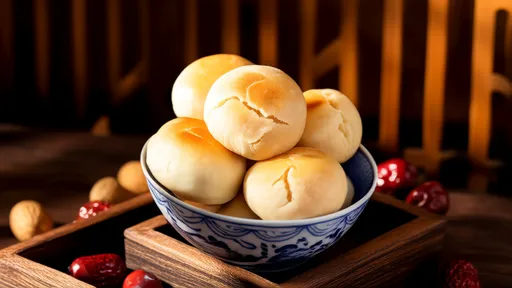
By /Jul 31, 2025
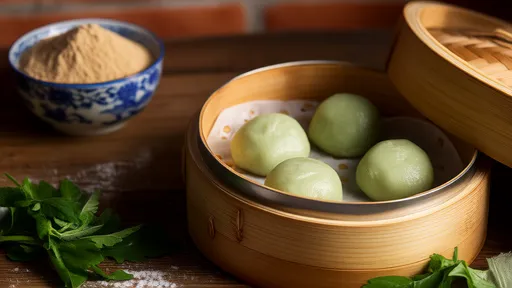
By /Jul 31, 2025
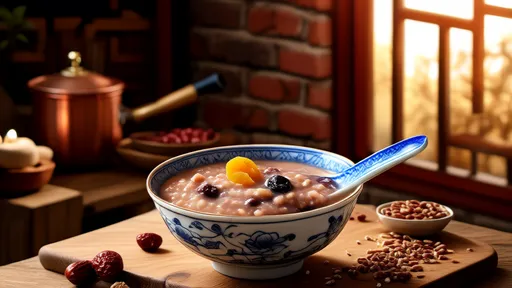
By /Jul 31, 2025
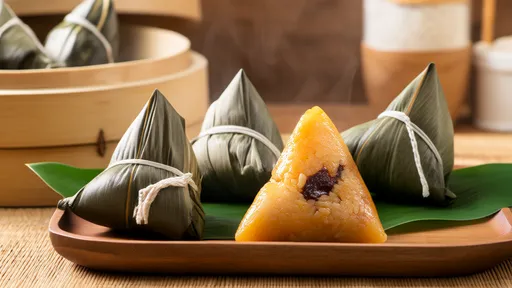
By /Jul 31, 2025
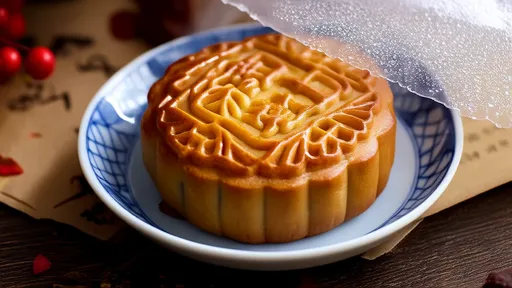
By /Jul 31, 2025

By /Jul 31, 2025

By /Jul 31, 2025
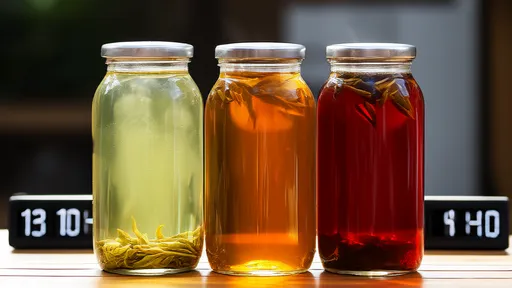
By /Jul 31, 2025

By /Jul 31, 2025
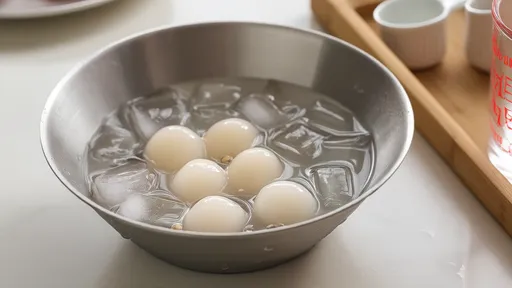
By /Jul 31, 2025
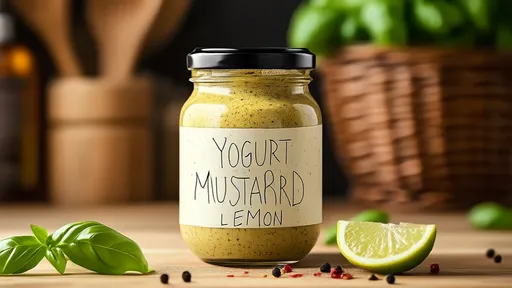
By /Jul 31, 2025
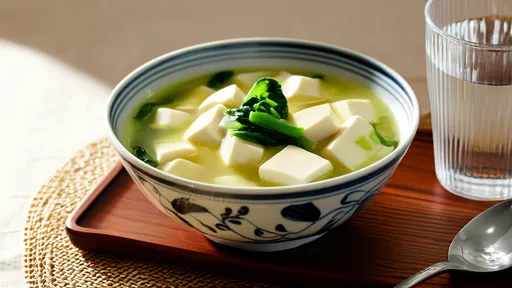
By /Jul 31, 2025
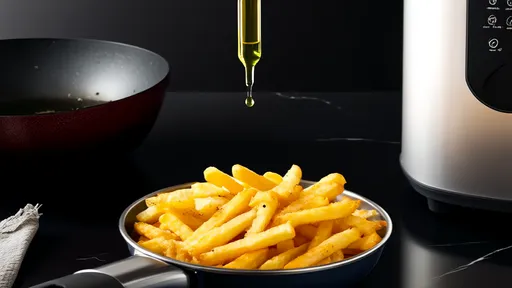
By /Jul 31, 2025
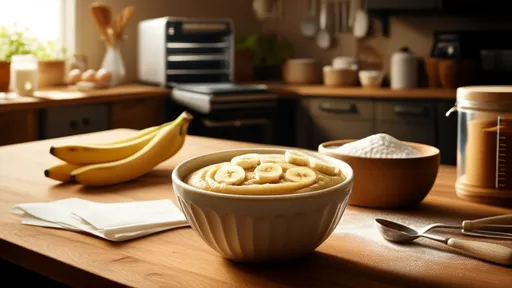
By /Jul 31, 2025
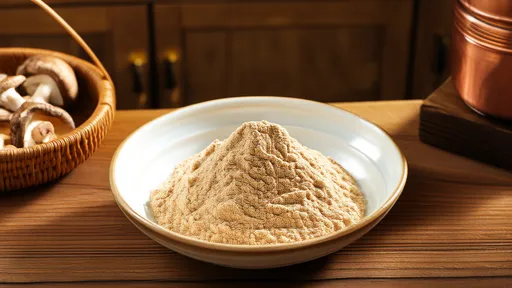
By /Jul 31, 2025
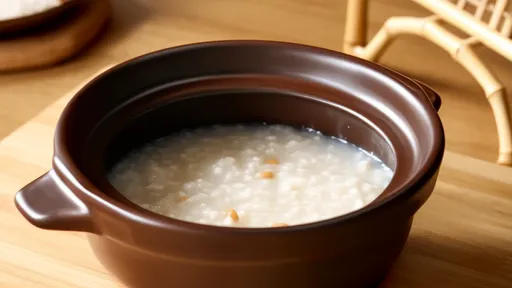
By /Jul 31, 2025
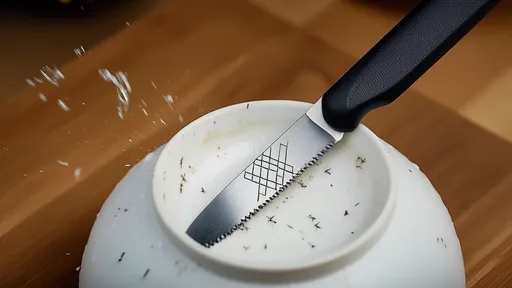
By /Jul 31, 2025
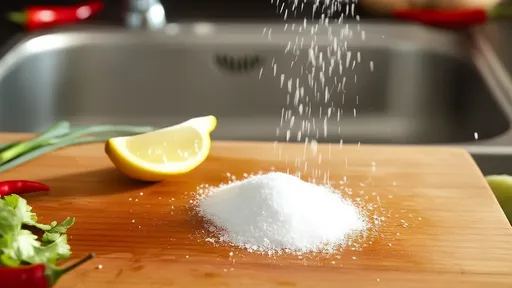
By /Jul 31, 2025
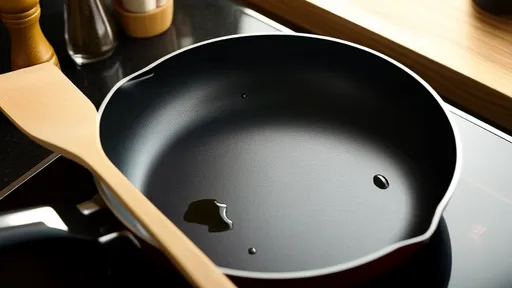
By /Jul 31, 2025
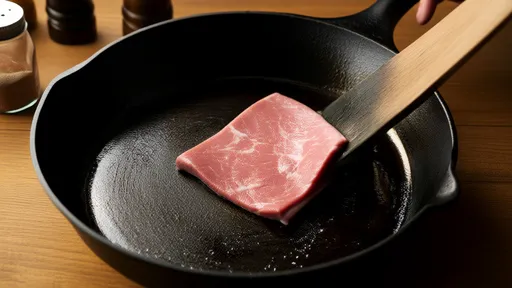
By /Jul 31, 2025